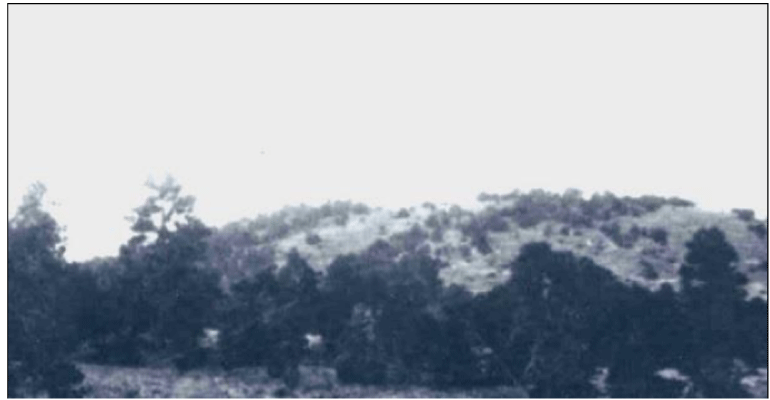
The Kaibab National Forest will soon begin implementation of a large-scale grassland restoration project across the Williams and Tusayan Ranger Districts thanks to a decision signed today by District Ranger Danelle D. Harrison.
The South Zone Grassland Restoration Project will implement thinning, prescribed fire and other activities to restore the structure and function of grassland and pinyon-juniper grassland, also referred to as savanna, ecosystems in an effort to improve their resilience to disturbance and changing climate regimes.
Specifically, Harrison’s decision allows for a combination of commercial and non-commercial mechanical treatments as well as prescribed fire on approximately 80,000 acres of grasslands and 63,000 acres of pinyon-juniper grasslands within the 550,000-acre project area, which covers large portions of both the Williams and Tusayan Ranger Districts of the Kaibab National Forest. These areas represent historical occurrences of grasslands and pinyon-juniper grasslands on the South Zone.
As part of these treatments, conifers – primarily juniper – will be selectively removed using mechanical means or hand thinning. Additionally, thinning will be used to restore connectivity between grassland habitats for wildlife species such as pronghorn antelope. Broadcast and pile burning will be used where necessary to reduce fuel loading, control regeneration of conifers, and promote understory plant vigor.
The decision includes a number of other provisions including collaborating with the Arizona Game and Fish Department to both install wildlife waters in strategic locations to encourage the movement of ungulates and other wildlife species and to translocate populations of Gunnison prairie dogs to serve their role as a keystone species in grassland ecosystems and assist with the mixing of soil contents.
The purpose of this project is to restore the structure and function of the South Zone’s grasslands and pinyon-juniper grasslands by reducing tree densities, reestablishing natural fire regimes, and promoting grassland-associated wildlife species. As a result of historical livestock grazing, fire suppression, changes in wildlife populations, and climate change, these areas have experienced substantial encroachment and infilling by woody species over the last century. This has reduced habitat quality and connectivity, and impacted nutrient cycling and water availability.
“This decision is significant due to the important ecological role that grasslands play,” Harrison said. “We recognize the value of these ecosystems, and we also recognize that they have been greatly altered over the past century. The South Zone Grassland Restoration Project will help set us on a course to functioning, healthy grasslands that can support a variety of species.”
To review all analysis and documentation associated with the South Zone Grassland Restoration Project including the Final Environmental Assessment, a Final Finding of No Significant Impact, and a Final Decision Notice, visit the Kaibab National Forest website at https://www.fs.usda.gov/project/?project=44132.
Members of the public can find additional information on the Kaibab National Forest through the following sources:
- Twitter: www.twitter.com/KaibabNF (Text ‘follow kaibabnf’ to 40404 to receive text messages.)
- Kaibab website: www.fs.usda.gov/kaibab
- Kaibab Facebook: www.facebook.com/KaibabNF
Repeat photograph of Laws Hill on the Williams Ranger District in 1868 (top) and 1988 (bottom). Note reduction of open area across much of the hillside. Credit Kaibab National Forest.

